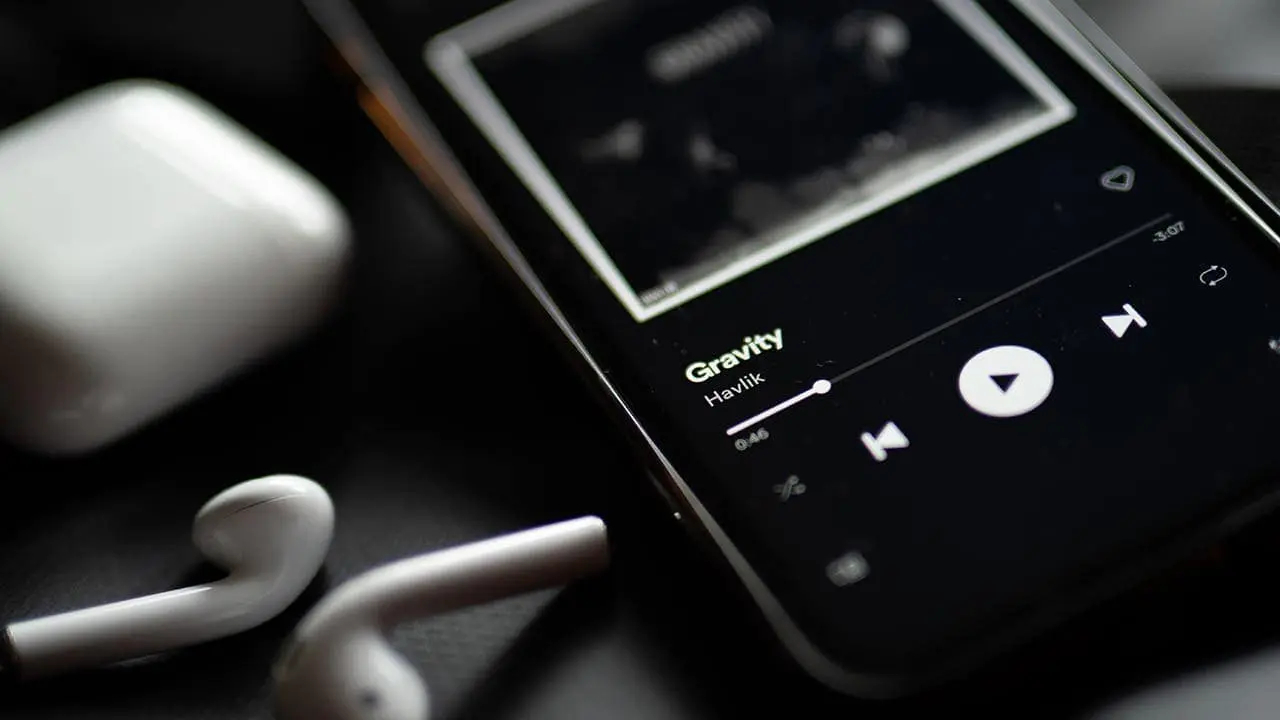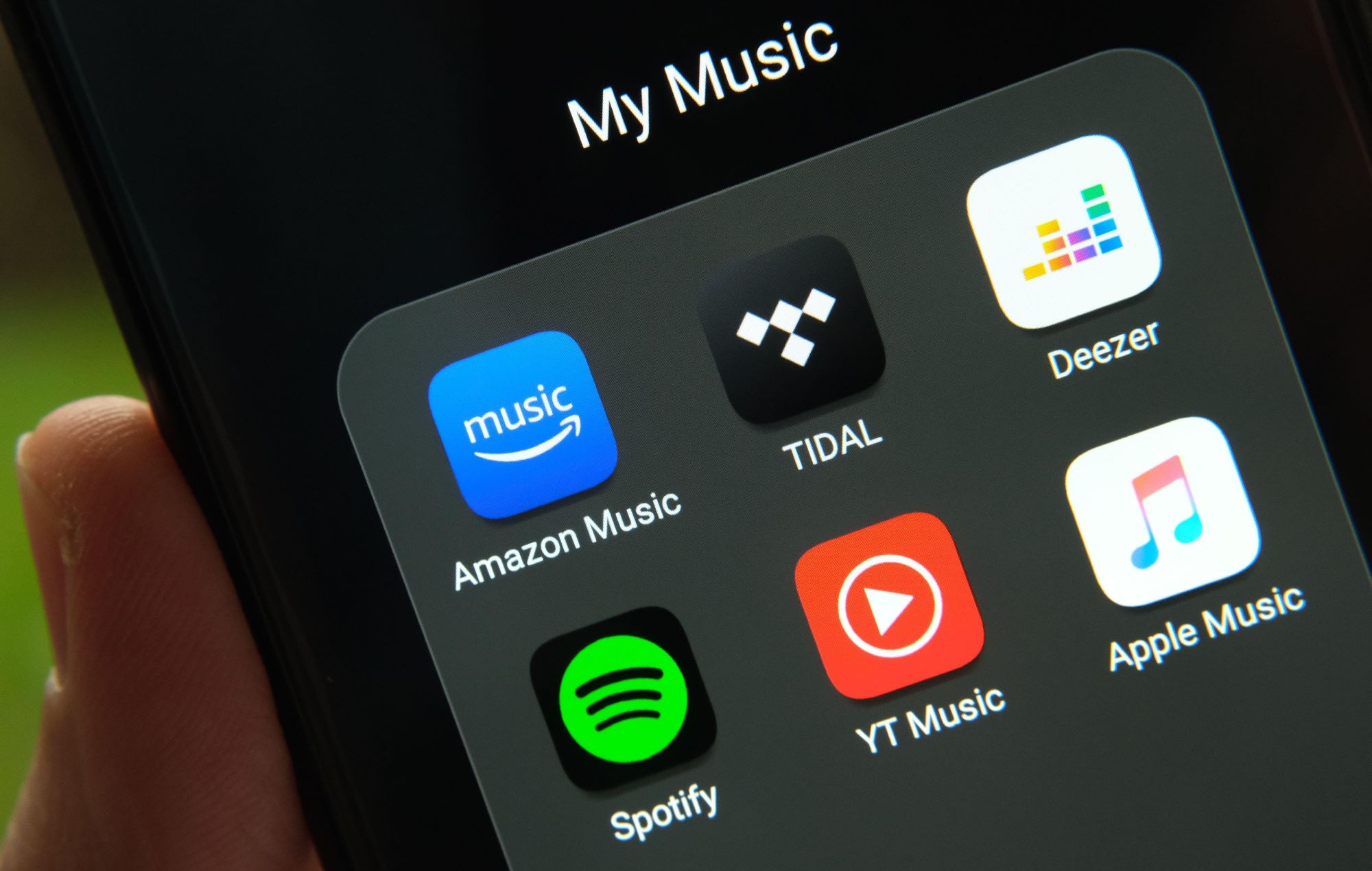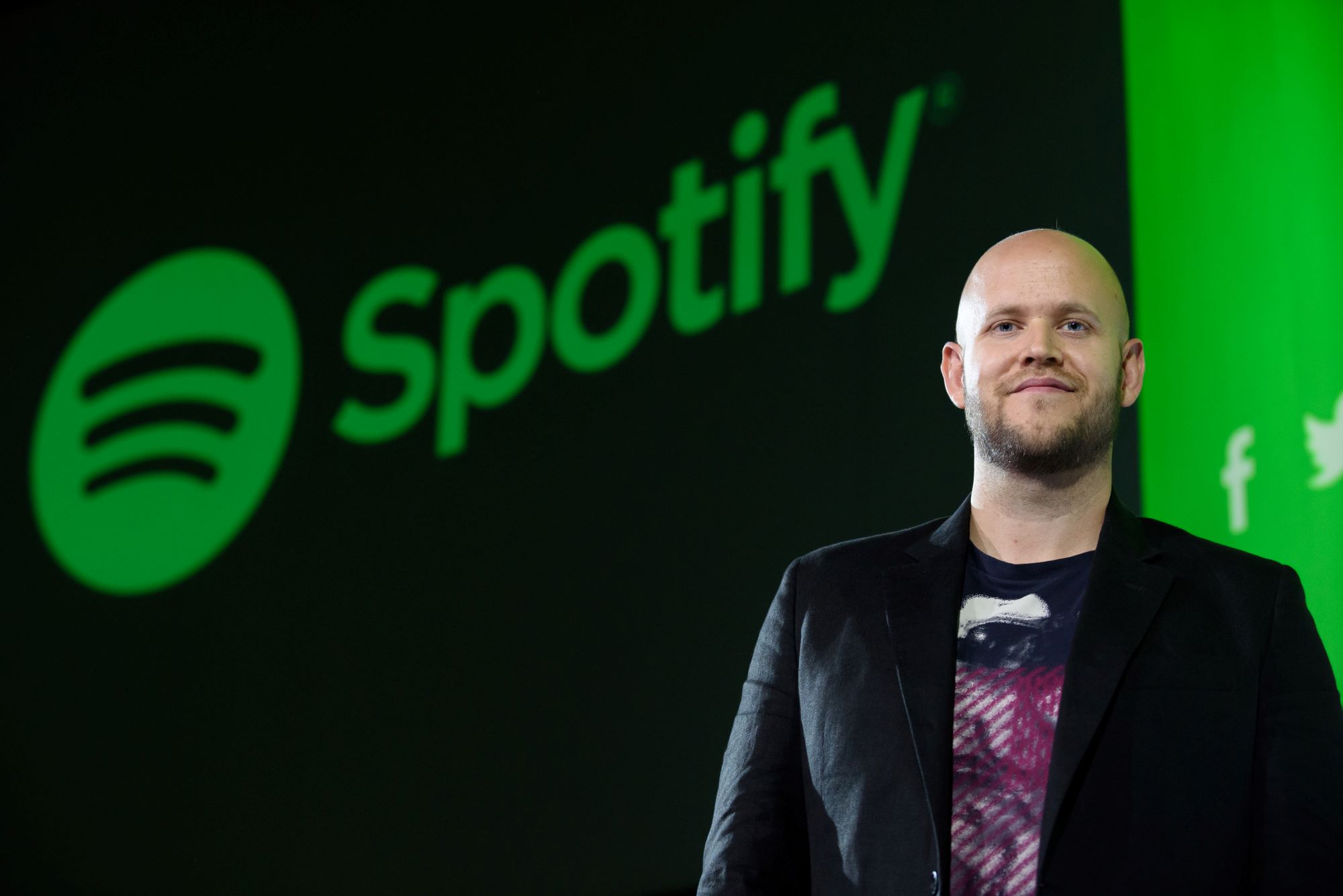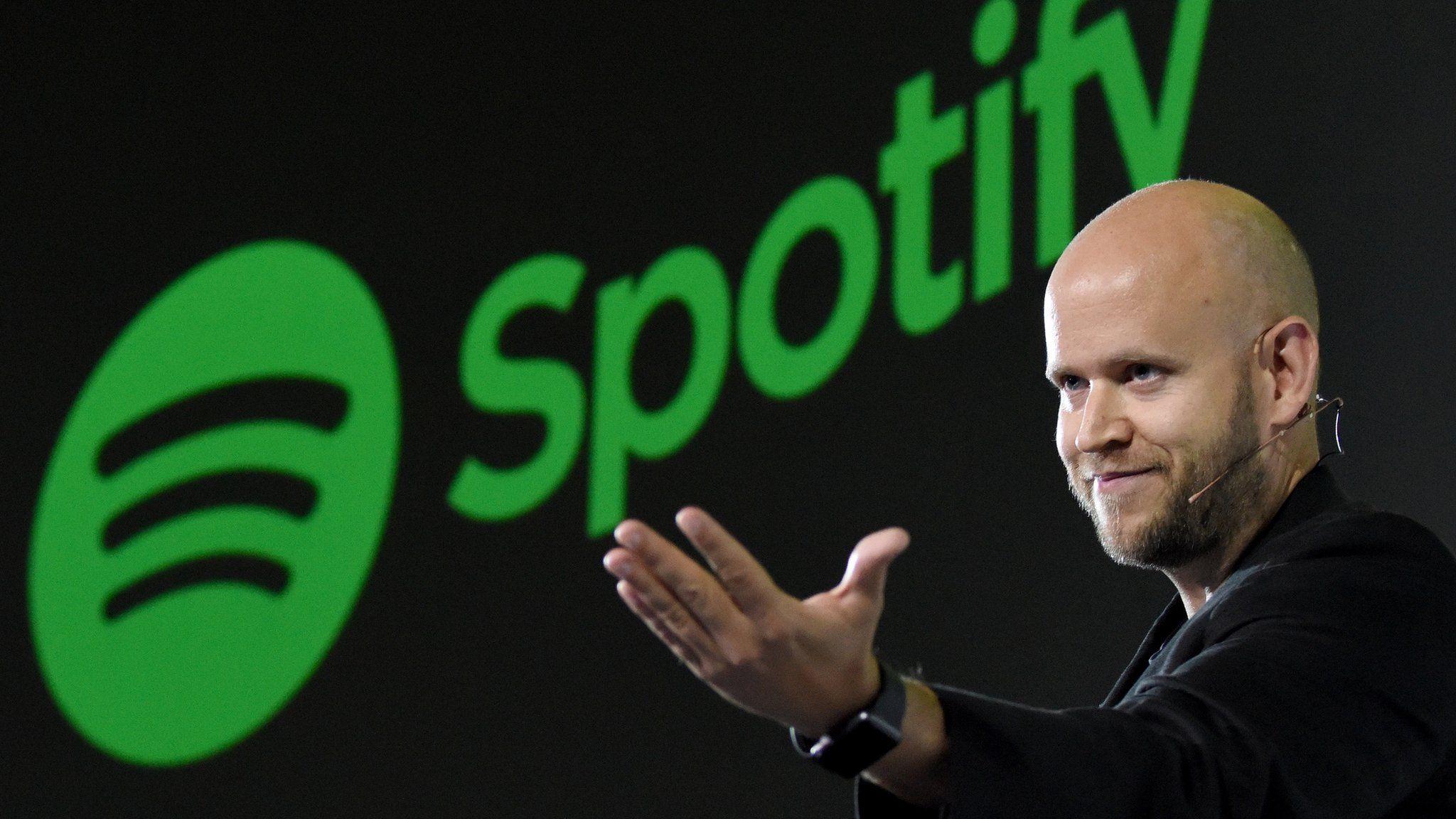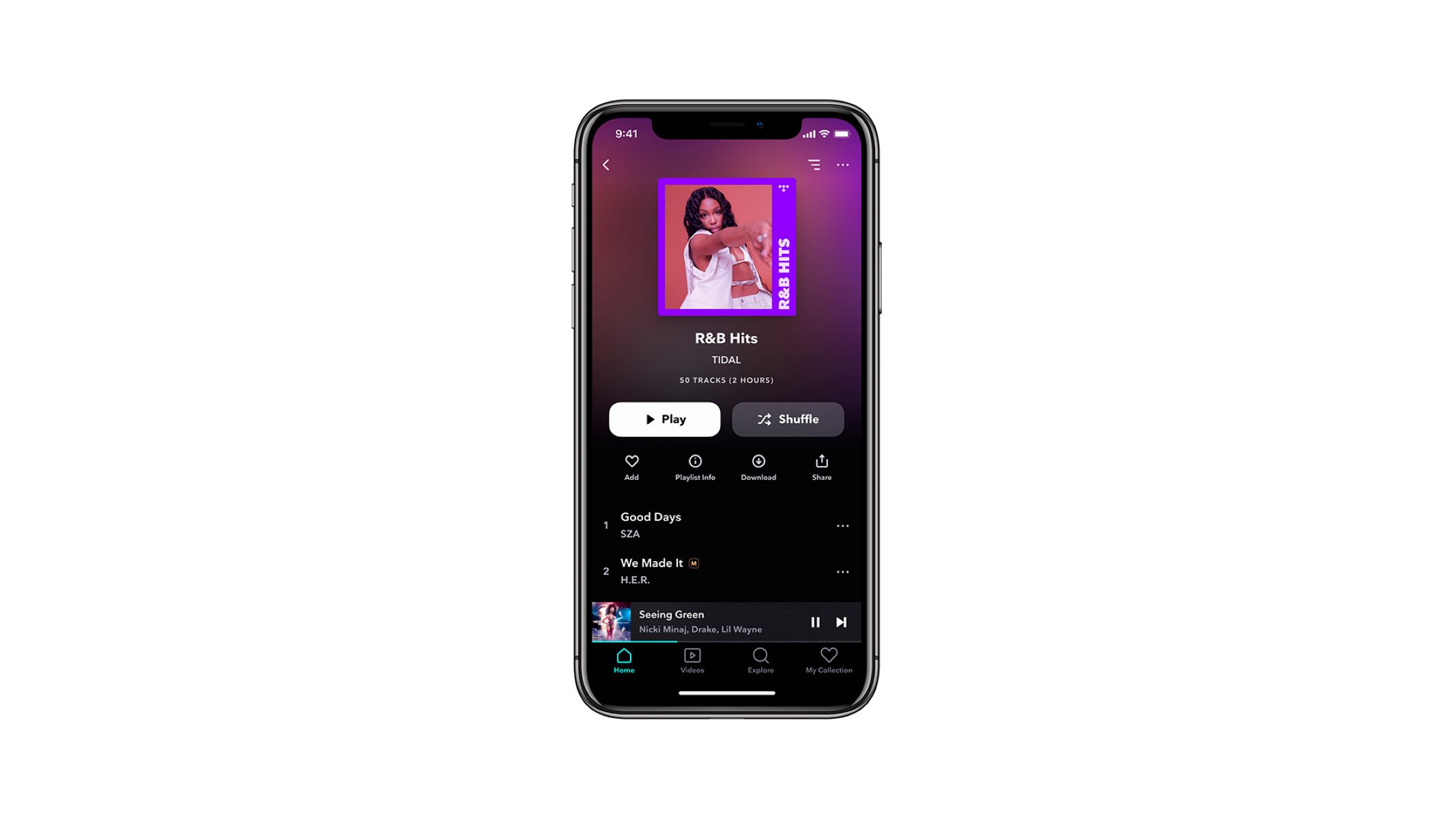Home>Production & Technology>Streaming Service>What Was The First Music Streaming Service
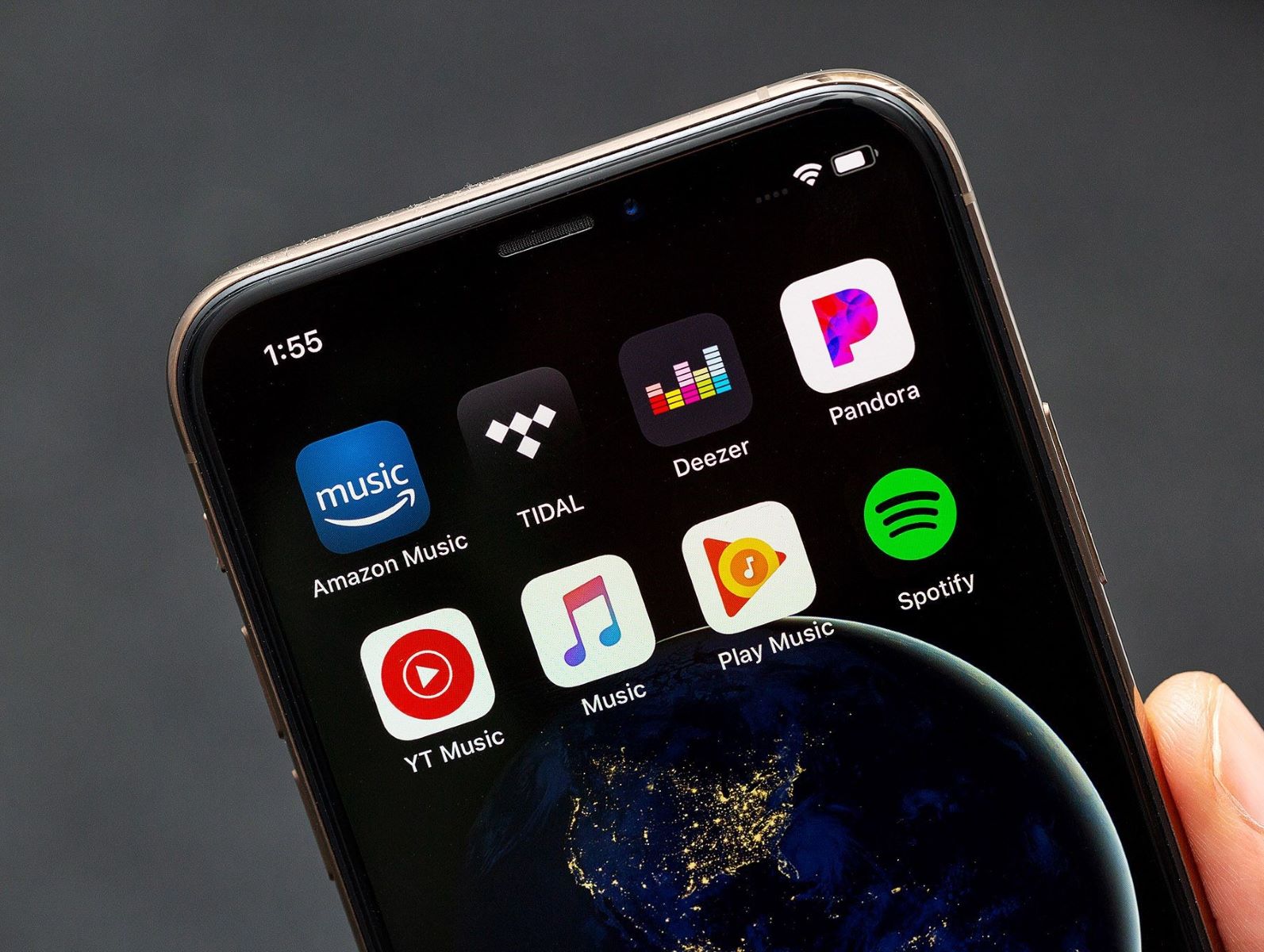

Streaming Service
What Was The First Music Streaming Service
Published: February 2, 2024
Discover the origins of music streaming with the first-ever streaming service. Uncover its evolution and impact on the music industry.
(Many of the links in this article redirect to a specific reviewed product. Your purchase of these products through affiliate links helps to generate commission for AudioLover.com, at no extra cost. Learn more)
Table of Contents
Introduction
Music streaming has become an integral part of our lives, providing us with instant access to millions of songs from various genres. It is hard to imagine a time when streaming services didn’t exist, as they have revolutionized the way we consume and discover music. But have you ever wondered about the origins of music streaming and which service started it all?
In this article, we will explore the early history of music streaming and dive into the fascinating story behind the birth of the first music streaming service. We will also discuss the features and functionality of this pioneering platform, as well as its reception and impact on the music industry.
Before the advent of music streaming, music enthusiasts relied on physical media such as vinyl records, cassette tapes, and CDs to enjoy their favorite songs. While these formats were popular for decades, they had their limitations. You had to purchase an album or single to listen to specific tracks, and the portability of music was quite restricted.
The rise of the internet and advancements in technology paved the way for a digital music revolution. With the increasing popularity of MP3 files and the introduction of peer-to-peer file sharing platforms like Napster, music was becoming more accessible and shareable. However, these platforms were plagued with copyright issues and lacked a legitimate framework for compensating artists and creators.
Realizing the potential of digital music and the need for a legal and sustainable streaming solution, several technology companies set out to create a service that would change the music landscape forever. These companies aimed to provide a platform that would allow users to stream music legally, access a vast catalog of songs, and discover new artists and genres effortlessly.
And so, the race to develop the first music streaming service began. Over time, several contenders emerged, each with their unique offerings and approach to music streaming. However, one service stood out as the pioneer – the first to reshape the way we listen to music online.
Early History of Music Streaming
The concept of music streaming can be traced back to the early 2000s when the digital music landscape was undergoing a significant shift. As mentioned earlier, file sharing platforms like Napster had gained massive popularity, but legal issues and concerns over artist royalties posed challenges to the sustainability of these services.
At this time, a new technology called “progressive download” emerged, which allowed users to download music files while they were being streamed. This technology was a precursor to true music streaming and laid the foundation for future developments in the field.
As the demand for legal streaming services grew, companies started exploring different approaches to deliver music content to users. Some platforms experimented with subscription-based models, while others focused on ad-supported free streaming, aiming to strike a balance between user experience and revenue generation.
Furthermore, technological advancements played a crucial role in shaping the evolution of music streaming. The increasing availability of high-speed internet connections enabled faster and more seamless streaming experiences, while the development of audio codecs and compression algorithms allowed for higher quality audio streaming with smaller file sizes.
During this era, several notable platforms came into existence, including Rhapsody, Pandora, Last.fm, and Grooveshark. These services offered various methods of music delivery, such as curated radio stations, personalized recommendations based on user preferences, and on-demand streaming options.
While these platforms served as stepping stones towards the development of modern music streaming, they were not considered the first true music streaming service. That distinction would be awarded to a groundbreaking platform that revolutionized the industry in more ways than one.
Enter the true pioneer of music streaming, a service that would set the stage for the streaming juggernauts we know today – Spotify.
With its official launch in 2008, Spotify introduced a game-changing business model that combined on-demand streaming with a vast music catalog, offering users access to millions of songs with just a few clicks. It quickly gained popularity and became a catalyst for the widespread adoption of music streaming.
The success of Spotify paved the way for other streaming services to enter the market, leading to fierce competition and innovation. Today, we have a multitude of streaming platforms to choose from, each with its unique features, pricing models, and exclusive content offerings.
The early history of music streaming marks an exciting and transformative period in the music industry. From the emergence of progressive download technology to the rise of pioneering platforms like Spotify, the landscape has evolved significantly, forever changing the way we listen to and enjoy music.
The Birth of the First Music Streaming Service
In the early 2000s, as the music industry grappled with the challenges posed by file-sharing platforms, a Swedish startup called Spotify was brewing a revolutionary idea that would lay the foundation for modern music streaming.
Founded by Daniel Ek and Martin Lorentzon in 2006, Spotify aimed to provide a legal and seamless streaming service that would give users access to a vast library of music at their fingertips. The development of Spotify was fueled by the founders’ vision of creating a platform that would combat piracy while compensating artists fairly.
After two years of relentless development and negotiations with record labels, Spotify officially launched to the public on October 7th, 2008. The service initially rolled out in a few European countries, including Sweden, Norway, Finland, France, Spain, and the United Kingdom.
What set Spotify apart from its predecessors was its innovative approach to music streaming. Instead of relying solely on ad-supported free listening or radio-style stations, Spotify introduced a freemium model that allowed users to access a vast music catalog for free with occasional ads. Users also had the option to upgrade to a premium subscription, which offered an ad-free experience, higher audio quality, and additional features like offline listening.
One of the key aspects of Spotify’s success was its emphasis on user experience. The platform featured a sleek and intuitive interface that made it easy for users to search, discover, create playlists, and share music with friends. Additionally, Spotify’s recommendation algorithms and personalized playlists, such as Discover Weekly and Release Radar, helped users discover new music tailored to their tastes.
The licensing agreements that Spotify forged with major record labels and independent artists also played a significant role in the platform’s success. These agreements allowed Spotify to offer a vast catalog of songs and albums from both well-known artists and emerging talents.
Despite facing initial resistance from some music industry stakeholders who were skeptical of the streaming model, Spotify managed to gain traction quickly. By 2011, it had expanded to the United States, further solidifying its position as the leader in the music streaming market.
The launch of Spotify not only changed the way people listened to music but also disrupted the music industry as a whole. It created a viable and profitable streaming model that addressed the concerns of artists and labels regarding fair compensation.
Spotify’s success paved the way for other streaming platforms, such as Apple Music, Amazon Music, and Google Play Music, to enter the market. Today, music streaming has become the dominant method of music consumption, allowing users to access an incredible array of songs and artists from all around the world with just a few taps.
The birth of Spotify marked a turning point in the music industry and set the stage for the streaming revolution we see today. Its innovative approach, focus on user experience, and commitment to artist compensation laid the foundation for a new era of music consumption, forever changing the way we listen to and interact with music.
Features and Functionality of the First Music Streaming Service
When Spotify burst onto the scene as the first true music streaming service, it brought with it a range of innovative features and functionalities that changed the way we interacted with music. Let’s explore some of the key aspects that made Spotify stand out:
1. Extensive Music Catalog: Spotify offered users access to a vast library of millions of songs across various genres and languages. Users could explore music from their favorite artists as well as discover new and emerging talents.
2. Freemium Model: One of the defining features of the first music streaming service was its freemium model. Users could access the platform for free, but with occasional ads. This allowed Spotify to attract a wide user base while offering a paid subscription option for an ad-free experience.
3. Personalized Playlists and Recommendations: Spotify introduced algorithms that analyzed users’ listening habits and created personalized playlists like Discover Weekly and Release Radar. These curated playlists helped users discover new music that aligned with their preferences and tastes.
4. Social Sharing: Spotify made music a social experience by allowing users to share their favorite songs, albums, and playlists with friends on social media platforms. This feature enabled music discovery through friends and created a sense of community among users.
5. Collaborative Playlists: Spotify introduced the concept of collaborative playlists, allowing multiple users to contribute and curate a playlist together. This feature was a hit among friends, colleagues, and even couples who could create shared playlists for parties, road trips, or special occasions.
6. Offline Listening: Spotify revolutionized the way we consumed music on the go by introducing the ability to download songs and playlists for offline listening. This feature was especially valuable for users who wanted to listen to music without a stable internet connection.
7. Cross-Platform Compatibility: The first music streaming service was available across various platforms, including desktop, mobile (iOS and Android), and web browsers. This seamless integration allowed users to access their music library and playlists from any device.
8. High-Quality Audio Streaming: Spotify prioritized audio quality, offering users the option to stream music in different bitrates, including higher quality options for premium subscribers. This focus on audio fidelity enhanced the listening experience for users who appreciated high-quality sound.
These features and functionalities laid the groundwork for the modern music streaming experience. Spotify not only provided an extensive music catalog but also focused on personalization, social sharing, and convenience, making it a pioneer in the industry.
Other streaming services later adopted and expanded upon these features, making music streaming an integral part of our lives today. The innovation and user-centric approach demonstrated by the first music streaming service have inspired numerous advancements, shaping the way we discover, enjoy, and share music in the digital age.
Reception and Impact of the First Music Streaming Service
When the first music streaming service, Spotify, burst onto the scene, it was met with a mixture of excitement, skepticism, and curiosity from both users and industry insiders. However, its impact on the music industry and the way we consume music quickly became undeniable.
Reception: Upon its launch, Spotify received a warm reception from users who were eager to embrace a legal and convenient way to access music. Its freemium model, offering a free version with occasional ads, attracted a large user base, while the premium subscription option provided an ad-free experience and additional features.
Music lovers appreciated Spotify’s extensive music catalog, allowing them to explore new artists and genres easily. The platform’s recommendation algorithms and personalized playlists further enhanced the listening experience and provided a source of music discovery.
As for the industry, Spotify initially faced resistance from some record labels and artists who were skeptical about the sustainability of the streaming model and concerned about fair compensation. However, as Spotify gained traction, it was able to negotiate licensing agreements and showcase the potential of streaming in generating revenue for the industry.
Impact: The impact of the first music streaming service, Spotify, cannot be overstated. It revolutionized the music industry in several key ways:
1. Combatting Piracy: Spotify provided a legal and user-friendly alternative to music piracy. By offering a comprehensive library of songs, personalized recommendations, and social sharing features, it incentivized users to switch from illegal downloading to a legitimate streaming platform.
2. Shifting Revenue Streams: Spotify introduced a new business model that shifted revenue streams in the music industry. With subscription-based payments and ad revenue sharing with artists and rights holders, Spotify established a new way of compensating musicians, encouraging fair compensation for their work.
3. Democratizing Music Access: The first music streaming service made music more accessible to a broader audience. Users could discover and explore a vast range of music regardless of their location or economic background. This democratization of music access leveled the playing field for emerging artists and independent labels.
4. Changing Music Consumption Habits: Music streaming services like Spotify altered the way we consume music. The ability to create personalized playlists, explore recommendations, and share music with friends transformed music consumption into a social and interactive experience.
5. Influencing Industry Trends: The success of Spotify paved the way for other streaming services to enter the market, leading to a shift in the music industry landscape. Major players like Apple Music, Amazon Music, and Google Play Music followed in Spotify’s footsteps, contributing to the dominance of music streaming as the primary mode of music consumption.
Overall, the first music streaming service, Spotify, had a profound impact on the music industry. It transformed the way we listen to music, offered a legal alternative to piracy, and reshaped revenue models for artists and labels. Its success opened doors for subsequent streaming services and laid the groundwork for the streaming revolution that continues to evolve and shape the music landscape today.
Conclusion
The birth of the first music streaming service, Spotify, marked a significant turning point in the music industry. It introduced a legal and accessible platform that allowed users to stream a vast catalog of music, discover new artists, and personalize their listening experience.
From its innovative freemium model to its personalized playlists and social sharing features, Spotify revolutionized the way we consume music. It shifted the industry’s focus from physical media and illegal downloads to streaming, providing a legitimate and convenient alternative.
Spotify’s impact extended beyond just changing consumption habits. It played a crucial role in combating piracy, shifting revenue streams, and democratizing music access. Artists and labels initially had reservations, but Spotify showcased the potential of streaming in generating revenue and fair compensation for musicians.
Furthermore, Spotify’s success influenced industry trends and paved the way for other streaming services to enter the market. Today, music streaming has become the dominant method of music consumption, offering users instant access to millions of songs from various genres.
The story of the first music streaming service exemplifies the power of innovation and the transformative nature of technology in the music industry. It showcased the possibilities of streaming platforms, shaping the way we discover, enjoy, and share music in the digital age.
As streaming services continue to evolve and compete, we can expect further advancements in features, user experience, and content offerings. While the landscape is highly competitive, the first music streaming service will always be remembered as the trailblazer that laid the groundwork for the streaming revolution we enjoy today.
In conclusion, the birth of the first music streaming service not only changed the way we listen to music but also disrupted the music industry itself. The impact of Spotify and subsequent streaming services cannot be overstated, as they continue to shape the future of music consumption and provide a platform for artists to showcase their talent to a global audience.

